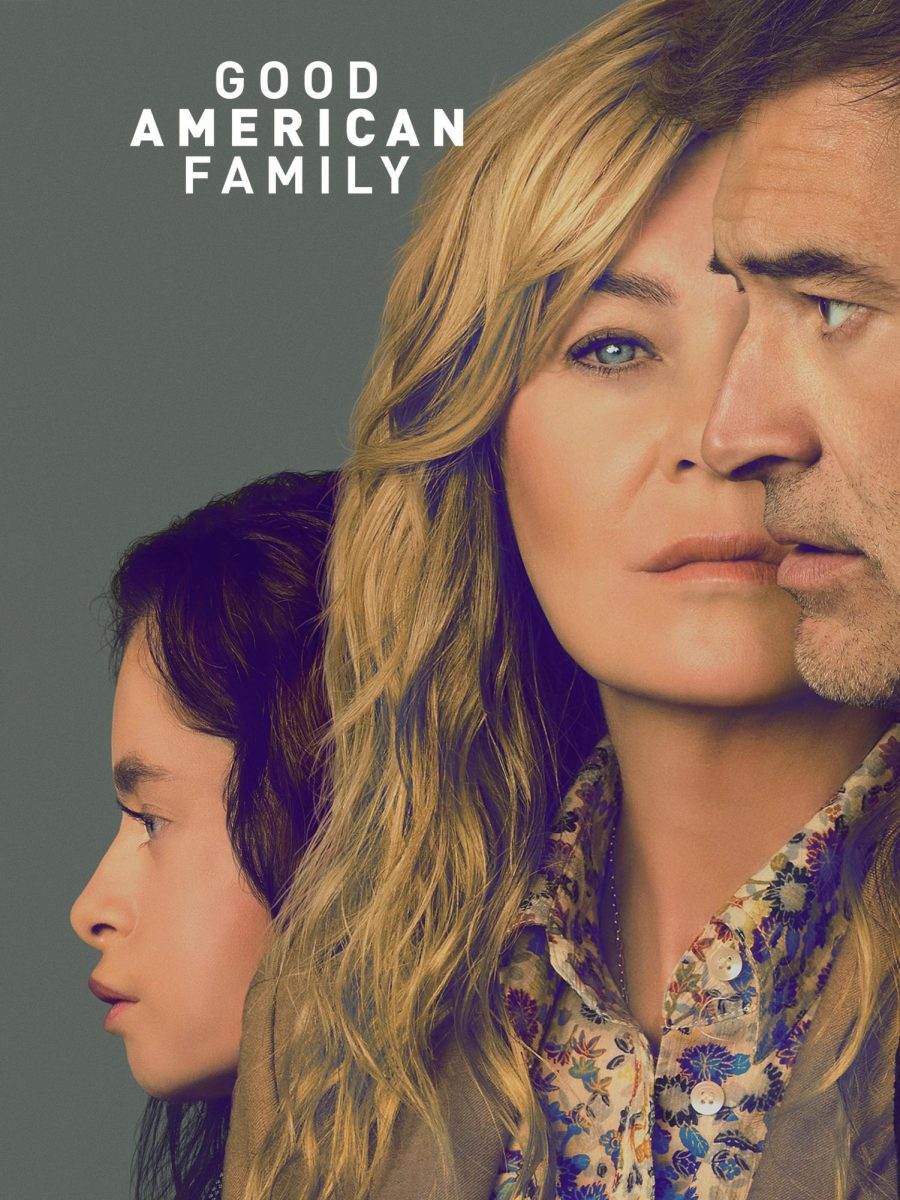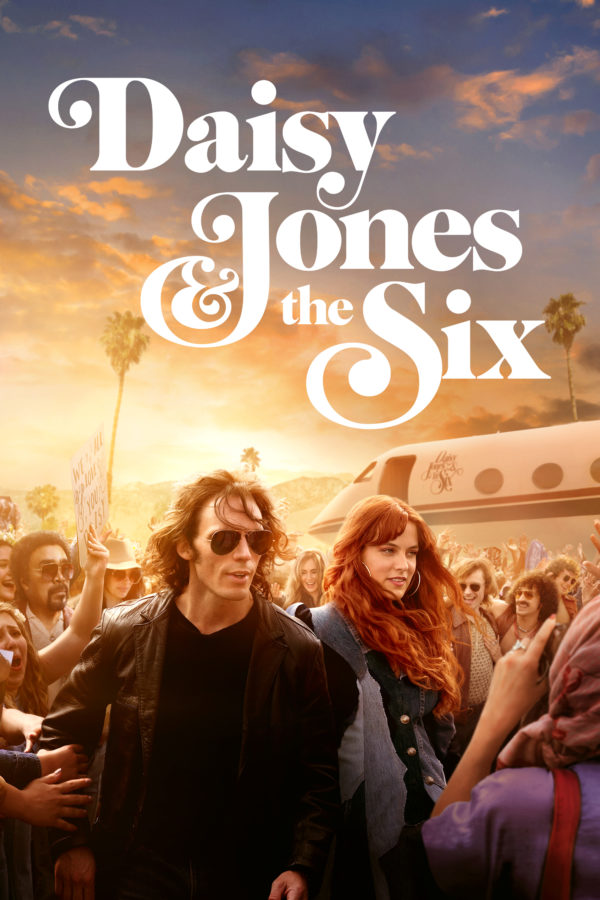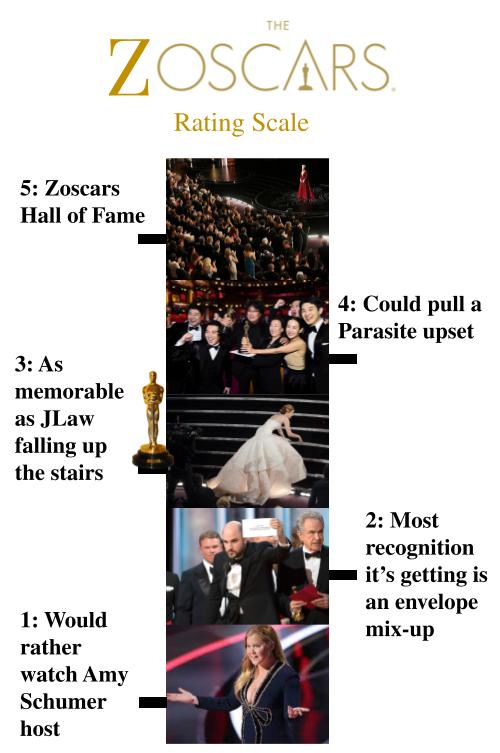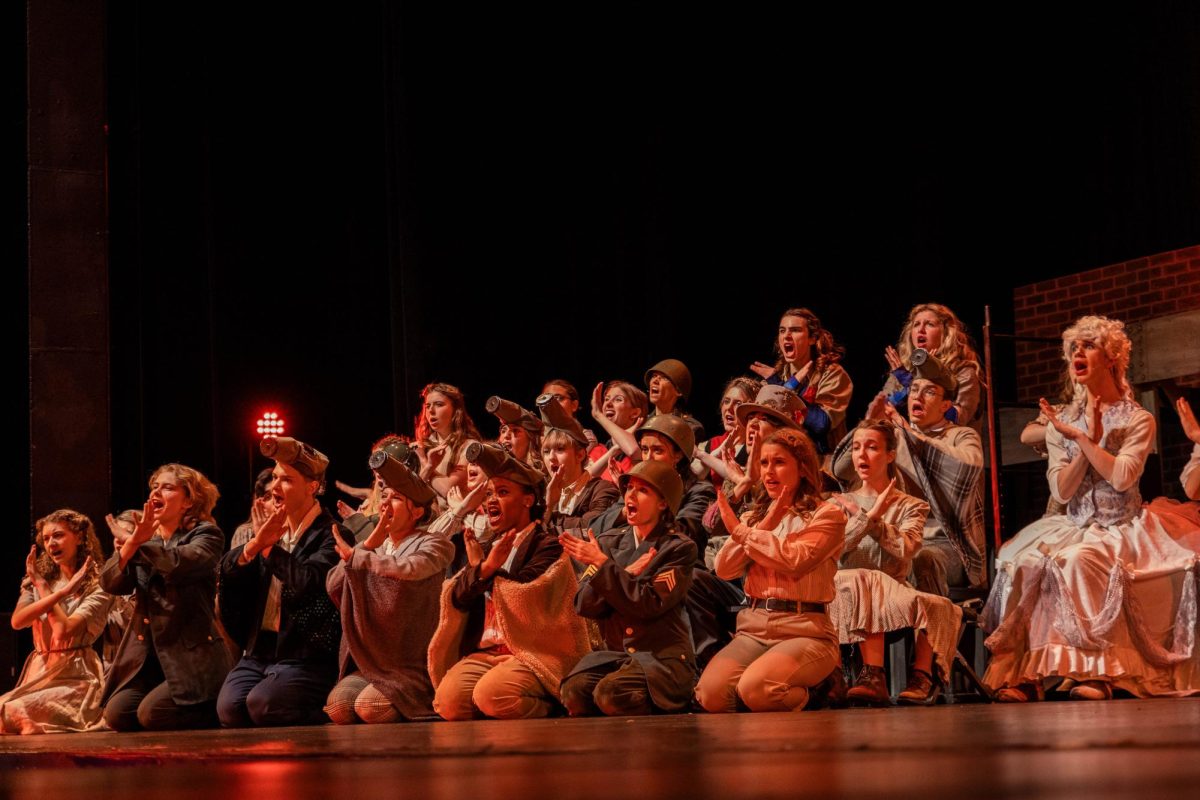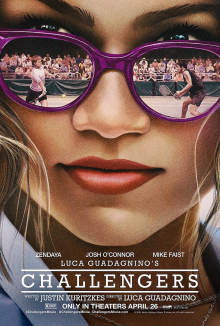
“Challengers” is the English major’s version of a sports movie. Using overarching metaphors, a jarring soundtrack, and shockingly cinematic shots, “Challengers” perfectly captures the essence of a sports movie while also diving into the complexity of how relationships play into athletics.
The movie centers on three main characters — Tashi Duncan (Zendaya), Patrick Zweig (Josh O’Connor), and Art Donaldson (Mike Faist) — and their incredibly intertwined lives, as they all played tennis at some point in their lives, leading up to a small-town Georgia Challenger tennis tournament which could catapult either of the two men into the U.S. Open. The plot is ever-evolving, as flashbacks allow the audience to see the parallels between the match and the trio’s complicated past. The flashbacks serve to show the toxic relationship each of them holds with tennis and each other.
With the returning motif of tennis being central to each players’ life, it becomes much more than simply a game, serving as a foil to the true happenings within the relationships between each of the characters. For example, when Tashi injures her knee in a tennis accident, it marks the harsh end of not only her tennis career, but also her relationship with Patrick. Tennis’ all-consuming nature is only further emphasized through an earlier mention by Tashi that real tennis is like a relationship, something that only works through truly connecting with one’s opponent. As the movie is huge on callbacks, this is made clear in the final scene when the two men battle for the match point and are both seen smirking at each other, showing their relationship being repaired through one final challenge.
The movie begins with an incredibly tense scene, as an aerial shot is slowly descending onto the tennis court where the Georgia Challenger is being played. From there, the three main characters are introduced through close-up shots of their distressed faces which cut out suddenly to bring the audience back in time and truly begin the movie.
These time jumps are one of the most common scene changes used in the movie yet also one of the most confusing parts of it. Wardrobe, hair, and makeup do the heavy lifting in order to provide context to where the movie cuts to in time through changing characters’ hairstyles and general appearances. However, the transitions are still so nuanced and wide-ranging that it can be difficult at times to become adjusted to the newly established era. Yet once settled in the new time period, these flashbacks come to be incredibly helpful in understanding the full extent to how messy the trio’s lives have been while together.
Another unfortunate flaw is the movie’s often jarring soundtrack. Scenes will often include moments where there is absolutely no background music then suddenly cut into incredibly loud, bass-heavy songs. Still, these sharp cuts and often too loud accompaniment are clearly intentional, as they provide an insight into the overwhelmed psyches of the characters as well as showing their disconnection from reality. That being said, be careful to avoid seeing in theaters if you would not like to be suddenly bombarded by wall-shaking bass.
In addition to its bold soundtrack, director Luca Guadagnino does a fantastic job of utilizing a wide variety of beautifully composed shots in order to set the mood for each scene. These range from close-ups of the characters with droplets of sweat hitting the camera lens to slow zooms in on characters’ faces with orange split lighting as trash swirls around them. The movie’s color is also notable as it is used to distinguish between characters’ socioeconomic standings, as Tashi and Art are often seen sporting cleaner, more put-together outfits with cool tones like crisp whites and smooth blues which indicates their more economically comfortable lifestyle. On the other hand, Patrick is mostly seen in light gray t-shirts and miscellaneous darker-colored items, demonstrating his frantic, match-to-match way of living. This is meant to further connect Tasha and Art as they followed similar life paths and prioritized money and success over truly living.
The draw of this movie is not only its complex plot but also the notability of Zendaya as the leading female actress. However, many of the trailers and teasers of this movie may have been misleading to some, as these snippets often gave the illusion of the film being far more centered on the relationships of the individuals rather than the game of tennis itself. As mentioned before, the movie treats relationships and tennis as one and the same, so its longer tennis scenes, which could border on boring for some, are essential in fully showing the complexity of the relationships between the three main characters.
The movie uses these tennis scenes perfectly, allowing the viewer to become immersed in the match itself by entirely cutting any accompanying background music and simply opting for the natural sounds of tennis to cut through. This is also where Guadagnino’s artistic shots shine as they provide intrigue to what could very easily become a dragging sports scene, something the director himself sought to avoid, stating he finds tennis “quite boring” according to an interview with Little White Lies. Some of these include attaching a camera to the ball being hit back and forth or creating an effect that the match is being played on a glass table as the shot is filmed from underneath them.
At the end of the day, the movie is a spectacular way for those who may not be particularly invested in tennis to be able to understand the deep connections that form between those whose lives center around sports. Nevertheless, it is essential to walk into the theater expecting a beautifully told complex sports story and see the complicated relationships between the characters as only enriching this, rather than simply going in hopes of seeing Zendaya in a threesome.





